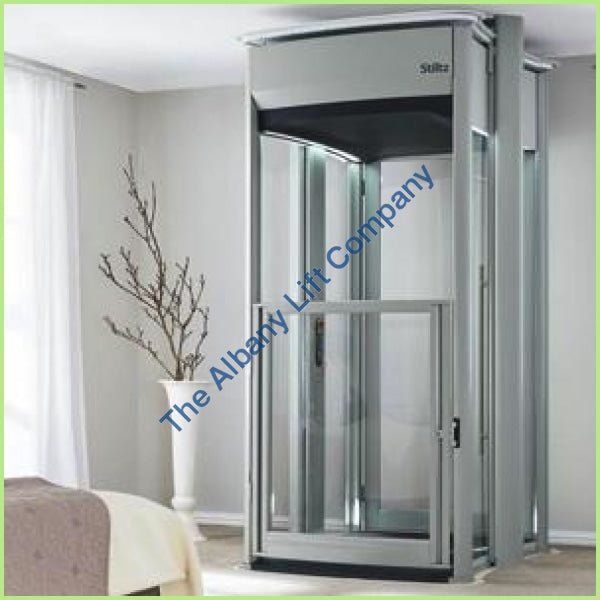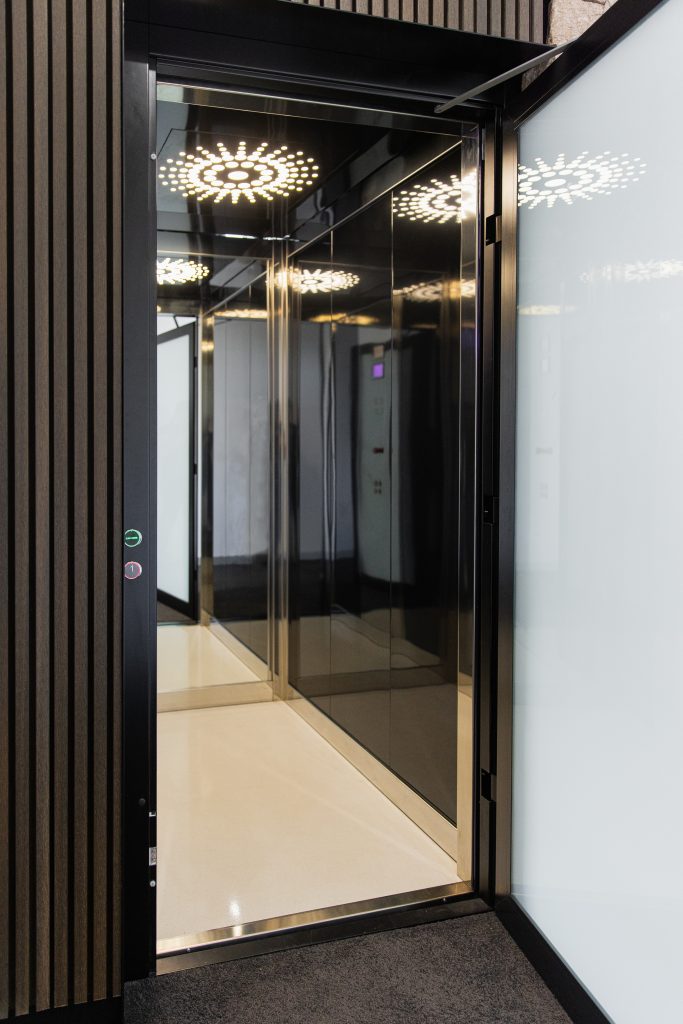London Lift Company: Trusted Specialists for All Your Upright Transportation Demands
London Lift Company: Trusted Specialists for All Your Upright Transportation Demands
Blog Article
Looking Into the Globe of Lifts: Typical Issues Faced by Various Lift Mechanisms
As we navigate through the vertical transport systems of modern buildings, lifts stick out as a crucial component of our day-to-day lives. Nonetheless, behind their seamless procedure lies a world of detailed systems that can occasionally come across challenges. From hydraulic lifts to grip systems and machine-room-less designs, each lift kind comes with its set of common problems. Recognizing these difficulties is vital for making certain the smooth functioning of these important systems. Let's discover the complexities that underlie the operation of lifts and the potential problems that can develop, clarifying the complex web of lift systems.
Hydraulic Elevators
Hydraulic lifts, often chosen for low-rise buildings, use fluid pressure to control the motion of the elevator car (lift repair companies). This mechanism involves a hydraulic pump pushing oil into a cyndrical tube, triggering the elevator to move in the desired instructions. While hydraulic lifts are recognized for their peaceful and smooth procedure, they do feature their very own collection of common concerns
One prevalent trouble with hydraulic elevators is oil leak. The seals in the hydraulic system can break in time, resulting in oil infiltration. This not just produces a mess but can additionally impact the lift's efficiency if left unaddressed. Furthermore, issues with the control system, such as malfunctioning shutoffs or a malfunctioning pump, can trigger disruptions in the elevator's activity.
Normal upkeep and punctual repairs are necessary to make sure the smooth functioning of hydraulic elevators. By attending to these typical problems proactively, structure owners can lessen downtime and make certain the safety and effectiveness of their upright transport system.
Grip Lifts
When considering upright transport systems in structures, another typical kind in addition to hydraulic elevators is the traction elevator. Traction lifts operate using a system of ropes and counterweights that move the lift auto by clutching onto the hoist ropes. This device enables for smoother and quicker upright transportation contrasted to hydraulic systems.
Among the typical concerns faced by traction elevators is rope wear. The consistent movement of the ropes within the grip system can result in tear and use over time, potentially creating the lift to breakdown or become risky for use. Routine inspections and maintenance of the ropes are vital to guarantee the lift's appropriate functioning and security.
An additional concern that traction lifts might encounter is associated with the control system. Problems with the control system can lead to issues such as irregular motion, delays in reaction times, or perhaps total closures. Regular screening and upkeep of the control system are essential to avoid such issues and make sure the lift's reliability.
Machine-Room-Less (MRL) Elevators

Among the essential components of MRL elevators is the portable gearless grip machine that is mounted within the hoistway. This maker successfully drives the lift car without the requirement for bulky tools located in traditional traction elevators. Additionally, MRL elevators usually utilize a counterweight system to stabilize the automobile, additional improving their energy effectiveness.
In spite of their advantages, MRL elevators might face obstacles connected to repair and maintenance due to the confined space for equipment installation. Accessibility for servicing components within the shaft can be limited, requiring specialized training for technicians. Proper maintenance timetables and regular examinations are crucial to make certain the continued smooth procedure of MRL lifts.
Overloading and Weight Limitation Issues
Are lifts furnished to take care of excess weight tons effectively and safely? Straining and weight limitation concerns are crucial worries in elevator operations. Elevator producers style lifts with particular weight capabilities to make sure traveler safety and security and tools long life. Surpassing these weight limitations can cause numerous issues, consisting of mechanical failings, hold-ups, and security dangers.
When lifts are overwhelmed, it puts excessive pressure on the electric motor, wires, and various other parts, possibly causing breakdowns or malfunctions. Security systems such as sensors and overload sensing units remain in location to stop lifts from relocating if they identify excess weight. Furthermore, exceeding weight limits can result in increased power consumption and wear and tear on the lift system.
To alleviate overloading issues, constructing supervisors need to plainly display weight restrictions in lifts and educate occupants on the importance of adhering to these limitations - lift repair companies. Regular upkeep checks by qualified service technicians can likewise aid make sure that elevators are operating within risk-free weight criteria. By dealing with overloading and weight limitation issues proactively, building proprietors can boost elevator security and click reference efficiency
Electric System Failings
Going beyond weight restrictions in lifts can not just lead to mechanical concerns yet also possibly add to electric system failings within the lift facilities. Electrical system failures are a crucial issue in elevator operation, as they can create unanticipated closures, malfunctions, or even safety threats.
Regular upkeep and examinations are crucial to identify and resolve prospective electric issues promptly, making certain the risk-free and efficient operation of lift systems. By adhering to weight restrictions and conducting routine electric system checks, building owners can minimize the risk of electric failings in elevators.
Final Thought

Hydraulic lifts, frequently favored for low-rise buildings, make use of fluid stress to manage the motion of the lift cars and truck.When considering upright transportation systems in buildings, an additional typical kind aside from hydraulic lifts is the traction elevator. Grip elevators operate making use of a system of ropes and counterweights that relocate the elevator vehicle by grasping onto the hoist ropes. Unlike traditional elevators that call for a separate maker area to house the equipment, MRL lifts incorporate most of the parts within the shaft, getting rid of the requirement for a specialized machine room.In conclusion, lifts face typical issues such as hydraulic breakdowns, traction system failures, and electric system problems.
Report this page